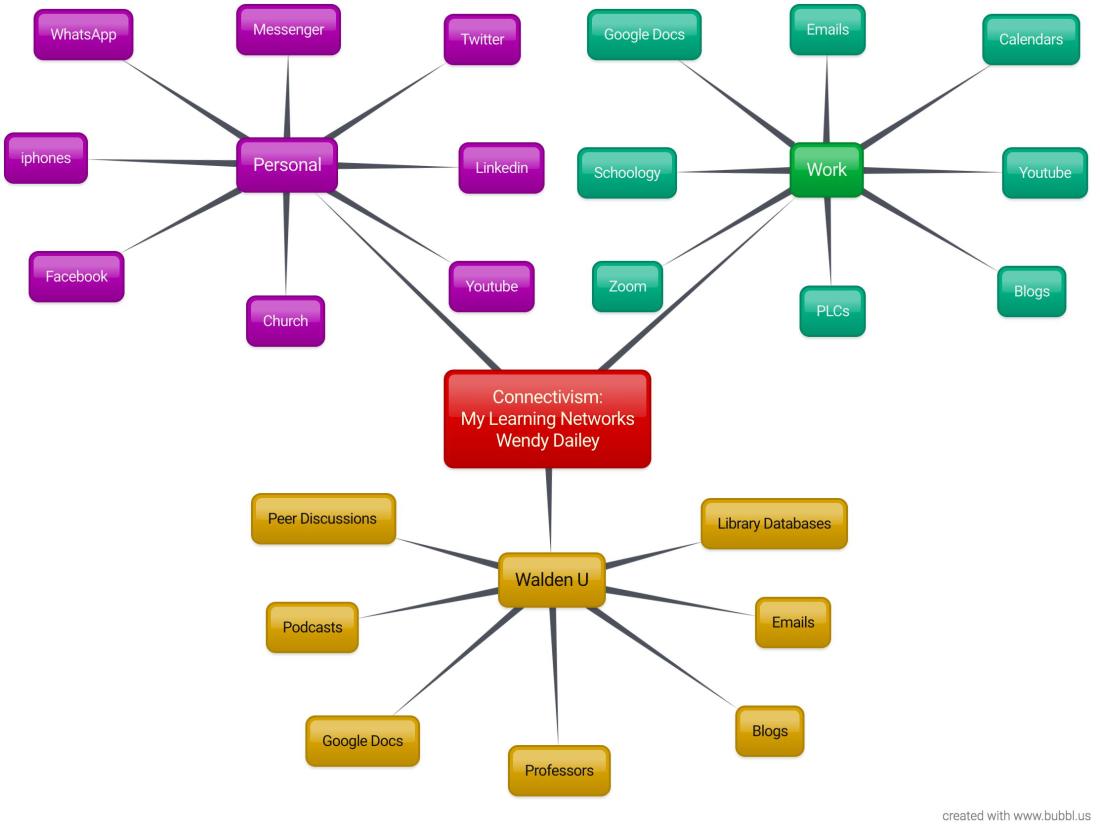Reflection
An understanding of how people learn is the foundation for designing effective instruction. Learning accounts for the acquisition of a variety of capabilities and skills, strategies for functioning in the world, and attitudes and values that guide one’s actions (Ormrod, Schunk, & Gredler, 2009). Learning about brain research helped me to better understand my students. My school district does not willingly admit that teaching at a Title I school requires further insight about the students and families we serve. I am not always afforded the opportunity to dive into my scheduled day without having to help a student work through a bad situation they left at home. I used to spend lots of time reviewing rules and procedures that should be followed easily. According to Jensen (n.d.), stress related to poverty can lead to limited working memory that may appear as restlessness, lack of motivation or being easily distracted. I was very surprised to learn that my students really do learn differently and need different approaches to build working memory.
My understanding of my personal learning process has deepened since the start of the course. I stated that my learning style is visual because I learn best by viewing charts, maps, graphic organizers and models of what I am requested to replicate. Constructivism describes how I learn because I relate to knowledge better when I am able to experience it or make it relevant. According to Ertmer & Newby (2013), in order to understand the learning which has taken place within an individual, the actual experience must be examined. At this point, I believe that I don’t truly have a particular learning style. I learned that learning styles change when the need arises.
Some concepts are taught best through hands-on work, some are best taught through lectures, and some are best taught through group discussions (Glenn, 2009).
Learning theories provide instructional designers with verified instructional strategies and techniques for facilitating learning as well as a foundation for intelligent strategy selection (Ertmer & Newby, 2013). Designers must have an adequate repertoire of strategies available and possess the knowledge of when and why to employ each (p.2). When it comes to learning styles, I was taught that teachers should plan lessons that were geared to students’ learning styles. After reading the information provided in this course, I learned that I should considered how my students learn, but my focus should be on what would be the best instructional method for the lesson (Glenn, 2009). Incorporating technology allows students to interact with information in order to acquire, synthesize, create, and share new knowledge (Robertson, Elliot, and Washington, 2010). It can be used for information seeking, information presentation, knowledge organization, and knowledge integration (p. 281).
Educators as well as instructional designers are always faced with the challenges of motivating students. Keller created four principles (attention, relevance, confidence, and satisfaction) that have become known as the ARCS model (Keller, 1999). Boosting the motivational level of online learners can be done by implementing Keller’s ARCS model. To grab the attention of online learners, lesson content should be high interest with an attractive screen layout. The content should be relevant to the needs of the learners. The course should be presented in a manner that builds learner confidence and objectives should be set low to high. The end result, satisfaction, would be achieved at the onset of mastery (Keller, 2008).
My learning in this course provided me with an understanding of how people learn through examining learning theories, my own learning process, how to motivate others, and the role technology plays in learning. As an instructional designer, the information will help me to design quality lessons along with implementing learning strategies as well as motivational strategies.
References
Ertmer, P. A., & Newby, T. J. (2013). Behaviorism, Cognitivism, Constructivism: ComparingCritical Features from an Instructional Design Perspective, Performance Improvement Quarterly, 26, 43-71.
Matching Teaching Style to Learning Style May Not Help Students – The Chronicle of Higher Education. (n.d.). Retrieved from http://chronicle.com/article/Matching-Teaching-Style-to/49497/
Keller, J. M. (2008). First principles of motivation to learn and e3-learning. Distance Education, 29(2), 175-185. Retrieved from http://www.anitacrawley.net/Resources/Articles/Keller%205%20principles.pdf
Keller, J. M. (1999). Using the ARCS motivational process in computer-based instruction and distance education. New Directions for Teaching and Learning, (78).
Ormrod, J., Schunk, D., & Gredler, M. (2009). Learning theories and instruction ( Laureatecustom edition). New York, NY: Pearson.

